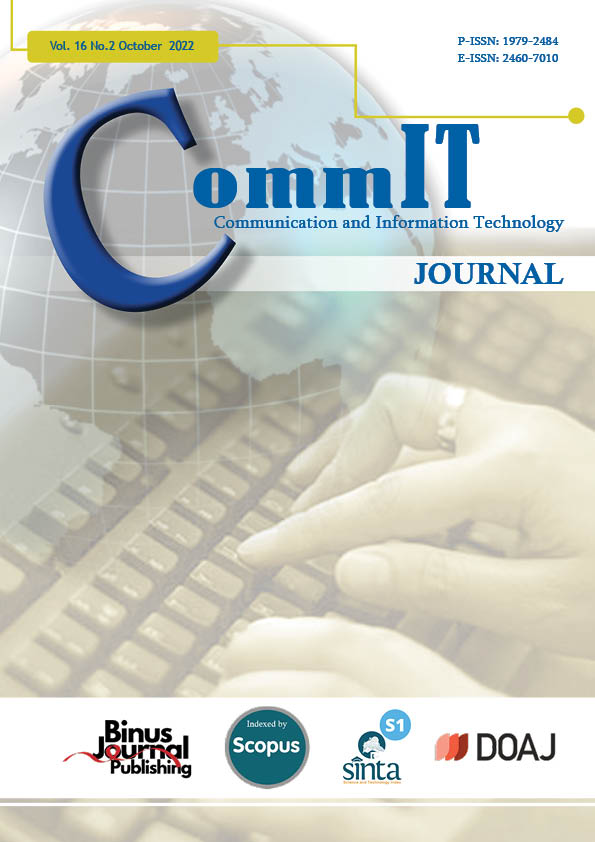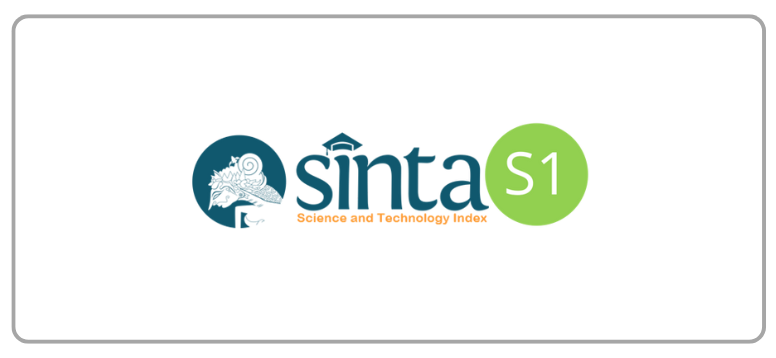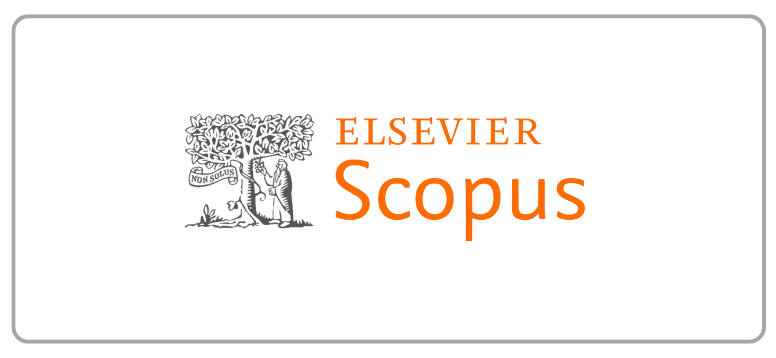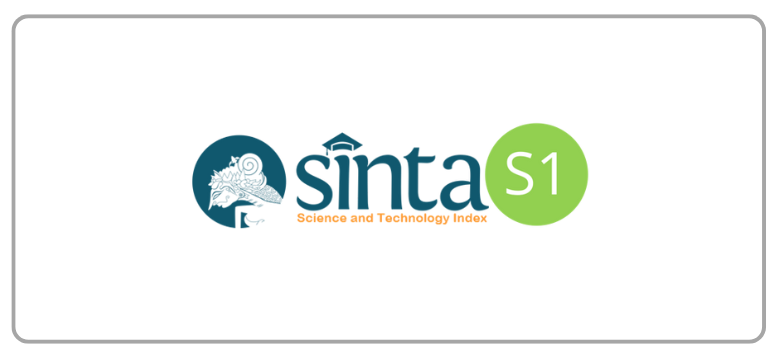Integrated Information System of Material Resource Planning and Supply Chain Procurement: A Case Study of XYZ Company
DOI:
https://doi.org/10.21512/commit.v16i2.7945Keywords:
Integrated Information System, Material Resource Planning (MRP), Supply Chain Procurement (SCP)Abstract
Human errors are inevitable due to the mass customization and complex supply chain, which must be considered in the Material Resource Planning (MRP) explosion calculation and the Supply Chain Procurement (SCP) distribution of sales orders. Such errors lead to SCP problems with the subject company. The research presents the design and implementation of an integrated information system of MRP and SCP. The objective is to solve the issues in the subject company by designing and implementing an Integrated Information System (IIS) framework with an open-source software platform, which utilizes a generic Bill-of-Materials (BoM) explosion algorithm to calculate the MRP of customers’ sales orders. Then, an algorithm is also proposed to calculate SCP distribution to enable the framework in the implementation stage. The research subject is the process business in Indonesia’s local Original Equipment Manufacturer (OEM) for automotive components. The name of the company is concealed to be XYZ Company. The calculation is introduced in the testing phase to illustrate the algorithm’s mechanism. This approach ensures a valid calculation of efficient supply chain processes. The combined approaches in the subjected business process yield satisfactory results. It reduces significant issues to 12.5% for the stated problems. Hence, the design objective is achieved.
References
S. Wijaya, S. Hariyadi, F. Debora, and G. Supriadi, “Design and implementation of poka-yoke system in stationary spot-welding production line utilizing Internet-of-things platform,†Journal of ICT Research & Applications, vol. 14, no. 1, pp. 34–50, 2020.
I. M. Ambe and J. A. Badenhorst-Weiss, “An automotive supply chain model for a demanddriven environment,†Journal of Transport and Supply Chain Management, vol. 5, no. 1, pp. 1–22, 2011.
J. A. Al-Doori, “The impact of supply chain collaboration on performance in automotive industry: Empirical evidence,†Journal of Industrial Engineering and Management, vol. 12, no. 2, pp. 241–253, 2019.
S. Brown, J. Bessant, and F. Jia, Strategic operations management. Routledge, 2018.
A. O. Aydin and A. G¨ung¨or, “Effective relational database approach to represent bills-of-materials,†International Journal of Production Research, vol. 43, no. 6, pp. 1143–1170, 2005.
Y. Qi, Z. Mao, M. Zhang, and H. Guo, “Manufacturing practices and servitization: The role of mass customization and product innovation capabilities,†International Journal of Production Economics, vol. 228, pp. 1–37, 2020.
C. Zhou and Q. Cao, “Design and implementation of intelligent manufacturing project management system based on bill of material,†Cluster Computing, vol. 22, no. 4, pp. 8647–8655, 2019.
C. Chatras, V. Giard, and M. Sali, “High variety impacts on bill of materials structure: Carmakers case study,†IFAC-PapersOnLine, vol. 48, no. 3, pp. 1067–1072, 2015.
A. Alfieri, C. Castiglione, and E. Pastore, “A multi-objective tabu search algorithm for product portfolio selection: A case study in the automotive industry,†Computers & Industrial Engineering, vol. 142, pp. 1–15, 2020.
B. N. Sari, O. Komarudin, T. N. Padilah, and M. Nurhusaeni, “Bill of Material (BOM) pada sistem inventori kawasan Berikat untuk pelacakan material movement,†ILKOM Jurnal Ilmiah, vol. 10, no. 3, pp. 323–330, 2018.
D. Cahyono, “Sistem informasi standard bill of material quantity genset di PT Conductorjasa Suryapersada,†An International Journal on Information and Communication Technology, vol. 2, no. 1, pp. 1–5, 2017.
S. Wijaya, G. Supriadi, F. Debora, and P. Y. D. Arliyanto, “Inhouse quality check system improvement with Kanban system and analysis quality control circle,†Oper. Excell, vol. 13, no. 1, pp. 22–35, 2021.
I. T. Adiwinoto and A. Santoso, “Desain sistem informasi untuk tracking dan tracing pada warehouse dengan menggunakan teknologi QR code,†J@ti Undip: Jurnal Teknik Industri, vol. 16, no. 2, pp. 102–108, 2021.
M. D. Chairudin, N. B. Ginting, and H. Fajri, “Information system for selection of production line for plastic item injection machine number A36 using priority scheduling method,†INTENSIF: Jurnal Ilmiah Penelitian dan Penerapan Teknologi Sistem Informasi, vol. 4, no. 2, pp. 232–246, 2020.
E. Agapaki and I. Brilakis, “State-of-practice on as-is modelling of industrial facilities,†in Workshop of the European Group for Intelligent Computing in Engineering. Springer, 2018, pp. 103–124.
A. Nagyov´a, H. Paˇcaiov´a, A. Gobanov´a, and R. Turisov´a, “An empirical study of root-cause analysis in automotive supplier organisation,†Quality Innovation Prosperity, vol. 23, no. 2, pp. 34–45, 2019.
H. Zhang, “Development of cost management and aided decision system for casting enterprises based on ERP,†in ITM Web of Conferences, vol. 17. Wuhan, China: EDP Sciences, Dec. 15–17, 2018, p. 03010.
C. Zhou, X. Liu, F. Xue, H. Bo, and K. Li, “Research on static service BOM transformation for complex products,†Advanced Engineering Informatics, vol. 36, pp. 146–162, 2018.
D. Mathivathanan, D. Kannan, and A. N. Haq, “Sustainable supply chain management practices in Indian automotive industry: A multistakeholder view,†Resources, Conservation and Recycling, vol. 128, pp. 284–305, 2018.
C. L. Garay-Rondero, J. L. Martinez-Flores, N. R. Smith, S. O. C. Morales, and A. Aldrette-Malacara, “Digital supply chain model in Industry 4.0,†Journal of Manufacturing Technology Management, vol. 31, no. 5, pp. 887–933, 2020.
S. Wijaya, F. Debora, G. Supriadi, and I. Ramadhan, “A framework of e-Kanban system for Indonesia automotive mixed-model production line,†International Journal of Science and Research (IJSR), vol. 8, no. 6, pp. 2109–2117, 2019.
A. ˇSpakova and M. Uhanova, “An overview and evaluation of black-box testing methods for system testing,†in International Conferences Big Data Analytics, Data Mining and Computational Intelligence 2019; and Theory and Practice in Modern Computing 2019, 2019, pp. 225–229.
Downloads
Published
How to Cite
Issue
Section
License
Copyright (c) 2022 Santo Wijaya, Marta H.R.S.R. Sari, Yeyeh Supriatna

This work is licensed under a Creative Commons Attribution-ShareAlike 4.0 International License.
Authors who publish with this journal agree to the following terms:
a. Authors retain copyright and grant the journal right of first publication with the work simultaneously licensed under a Creative Commons Attribution License - Share Alike that allows others to share the work with an acknowledgment of the work's authorship and initial publication in this journal.
b. Authors are able to enter into separate, additional contractual arrangements for the non-exclusive distribution of the journal's published version of the work (e.g., post it to an institutional repository or publish it in a book), with an acknowledgment of its initial publication in this journal.
c. Authors are permitted and encouraged to post their work online (e.g., in institutional repositories or on their website) prior to and during the submission process, as it can lead to productive exchanges, as well as earlier and greater citation of published work.
Â
USER RIGHTS
All articles published Open Access will be immediately and permanently free for everyone to read and download. We are continuously working with our author communities to select the best choice of license options, currently being defined for this journal as follows: Creative Commons Attribution-Share Alike (CC BY-SA)




















